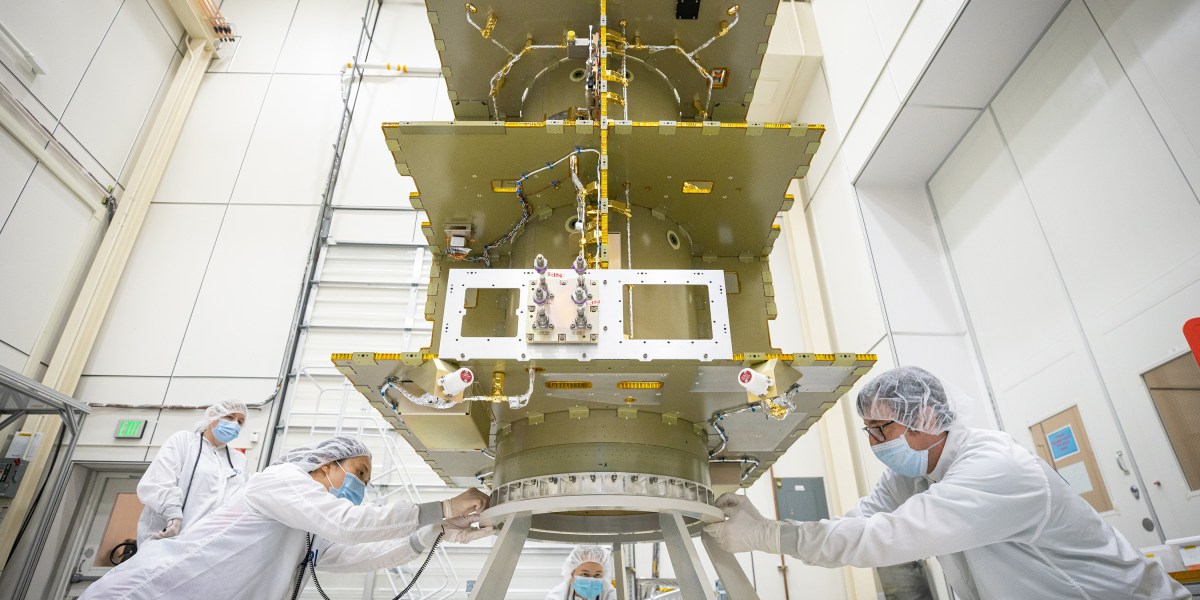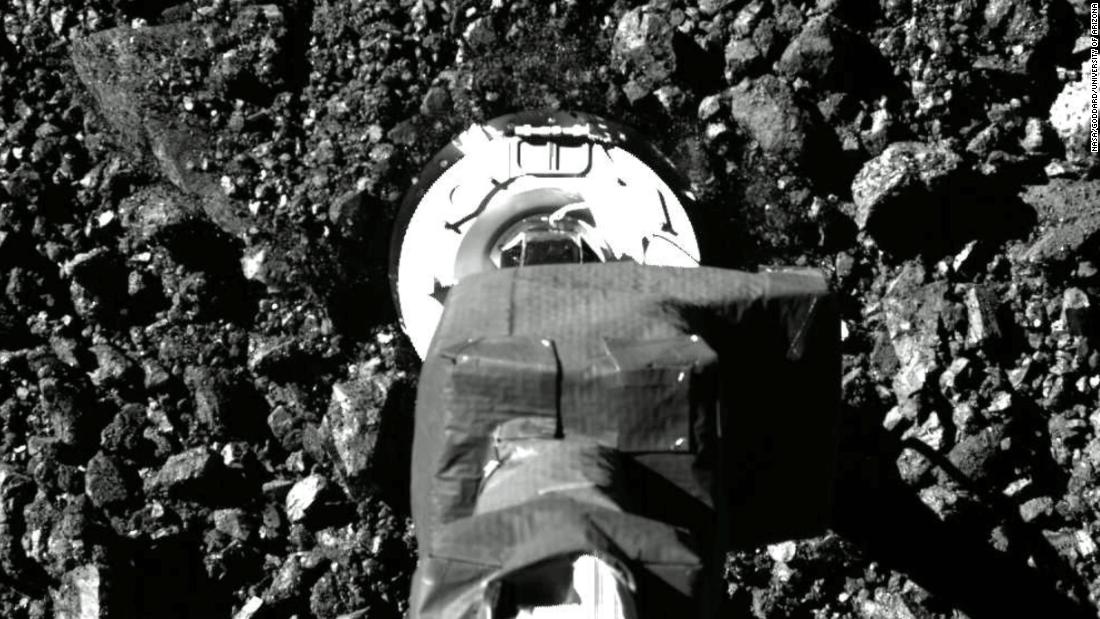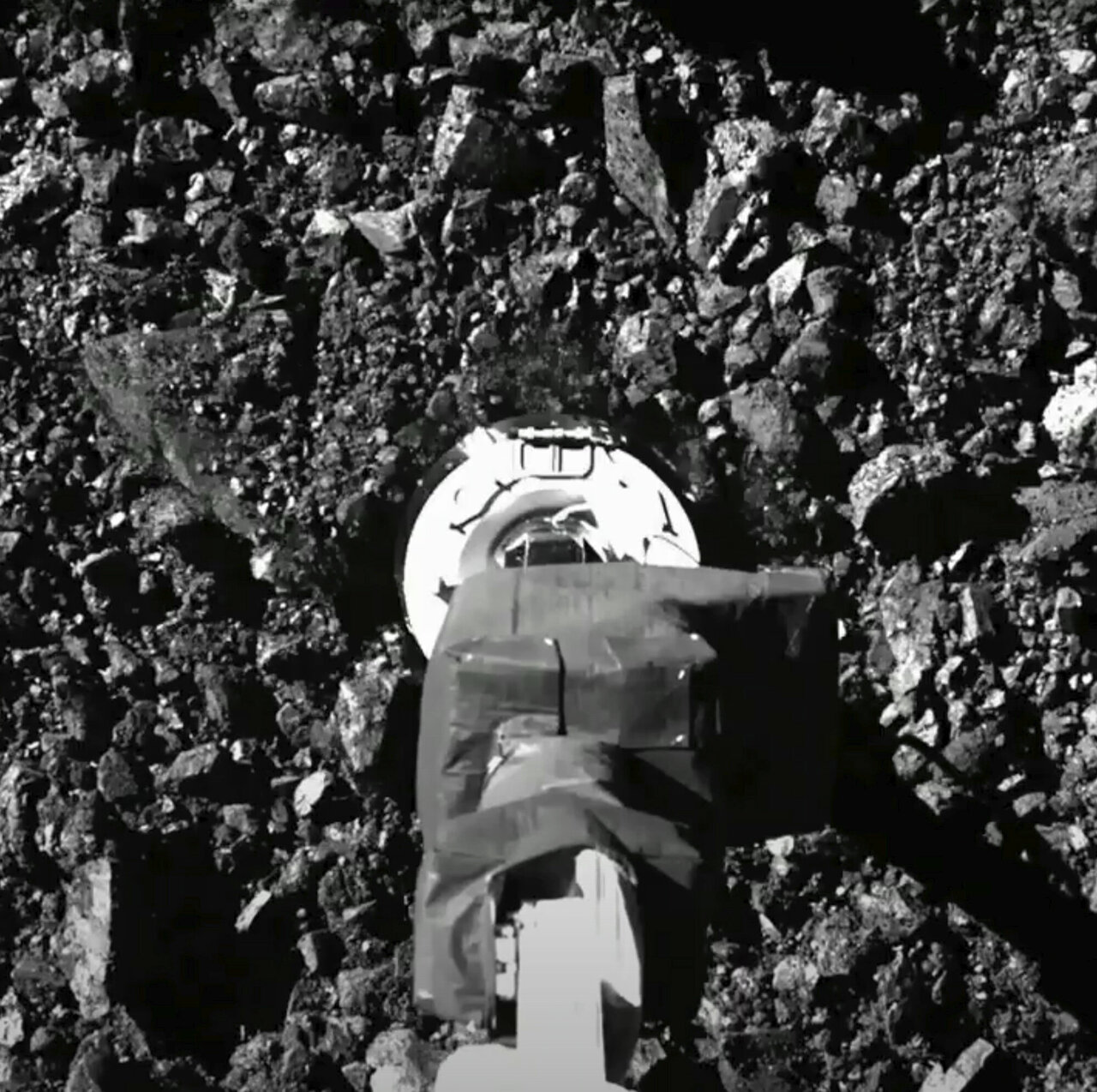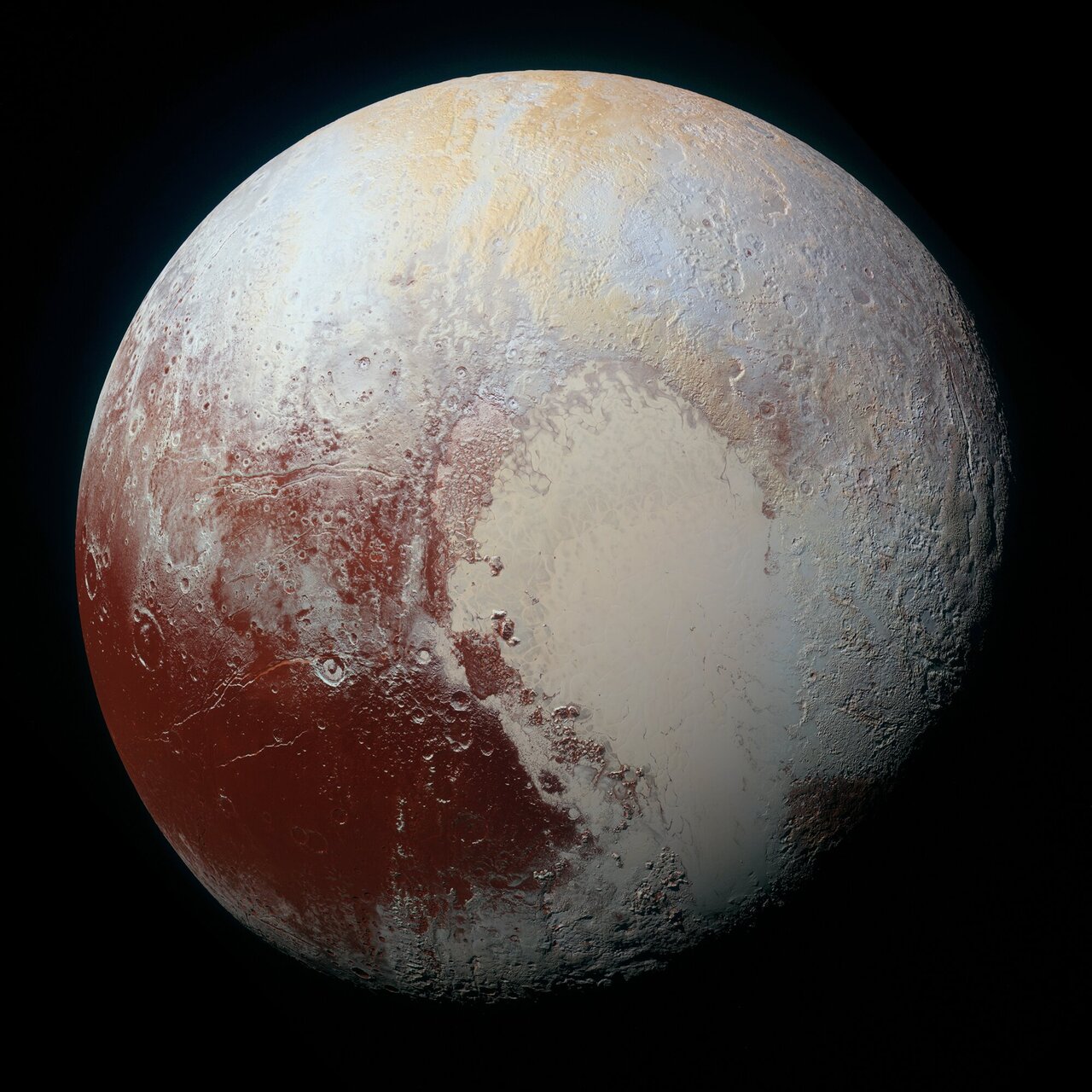eastisbest
Well-known member
hexagon fills an area more efficiently that any other. Nature's plug.

Cross your fingers. The delays will be OK as long as they get it right. There is absolutely no room for error.A little over a year till the Webb telescope launch (finally). Thing was originally supposed to go up in 2007

Four years is pretty ambitious and optimistic, even for Musk.In JUST 4 years? Still pretty awesome to think just how close we are to this.

Elon Musk says SpaceX Starship will travel to Mars in as little as four years
The spacecraft's first trip will be unmanned.justthenews.com

Der Spiegel? My Deutsch is a bit rusty.Fun read from the new Noble prize winner in Physics:

Nobel Prize in Physics Winner: "It's Unbelievable All That's Going On at the Moment in Astronomy"
German astrophysicist Reinhard Genzel was just awarded the Nobel Prize in physics. In an interview, he talks about how he discovered the black hole at the center of the Milky Way.www.spiegel.de



Claimed to be safer and more reliable than previous



 bigthink.com
bigthink.com
Sold. I'll even knock 1% off my real estate commission.Overpriced. I wouldn't offer more than 500 quadrillion dollars for it.
Would they be mining it in order to travel further out? Seems a long hall to bring it back here.
As for that rock, they can talk about the value but if it were anywhere near here and possible to bring the minings down here, I think the market would collapse.




